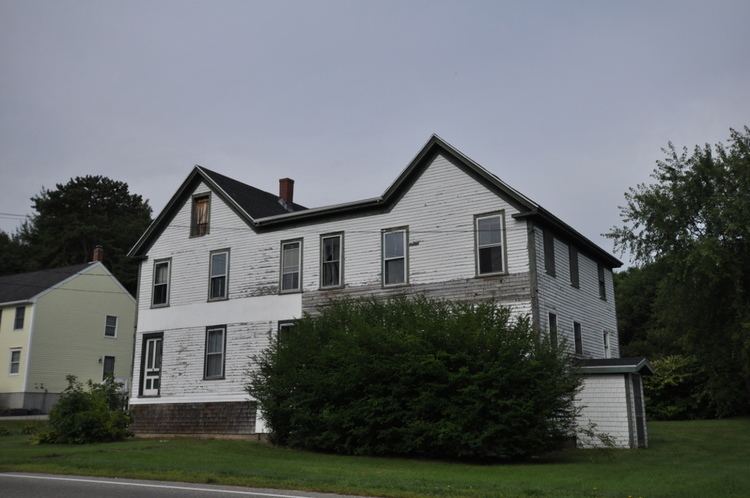Built 1923 (1923) Opened 1923 Architectural style Victorian architecture | NRHP Reference # 04000744 Area 2,000 m² Added to NRHP 28 July 2004 | |
 | ||
Location 110 Portland Ave., Old Orchard Beach, Maine | ||
Oob history the cummings guest house
The Cummings' Guest House is a historic African-American summer boarding house at 110 Portland Avenue in Old Orchard Beach, Maine. Established in 1923, it was one of the only places in the community offering summer accommodations to African-Americans during the period of Jim Crow segregation. Prominent guests included Duke Ellington, Cab Calloway, Count Basie, and Lionel Hampton. The property, which reverted to completely private use by the Cummingses in 1993, was listed on the National Register of Historic Places in 2004.
Contents
Description and history
Rose and Edward Cummings Jr. purchased 110 Portland Street in 1917, and were Old Orchard Beach's first African-American residents. In 1923 they converted the house into a seasonal boarding house, catering to traveling African-Americans. Although it was not listed in any business directories, it was a popular accommodation, with word at first spread by word of mouth, and later by tour guides specifically targeting African-American vacationers. It regularly played host to African-American performers who played at the Old Orchard Beach Casino, but were refused accommodation at area hotels despite a lack of segregation laws in the state. Performers who stayed there included Duke Ellington, Cab Calloway, Count Basie, Lionel Hampton, and Harry Carney, who became a regular visitor. The boarding house was operated by the Cummings children until 1993.
The house is a vernacular Victorian wood frame structure built about 1870, probably as a farmhouse. The present structure includes the original house and a small barn, which have been joined by a two-story addition. The building once had a porch that wrapped around the southern and eastern facades, provide a measure of unity to the building's disparate elements; this has since been removed. The interior of the house shows regular adaptation to changing environment: its kitchen is from the 1970s, while its bathrooms retain fixtures and original plaster walls from the 1920s. The interior underwent some alteration in the 1960s, when the business began to decline due to antidiscrimination laws, and one of the Cummings children moved into part of the building on a year-round basis.
